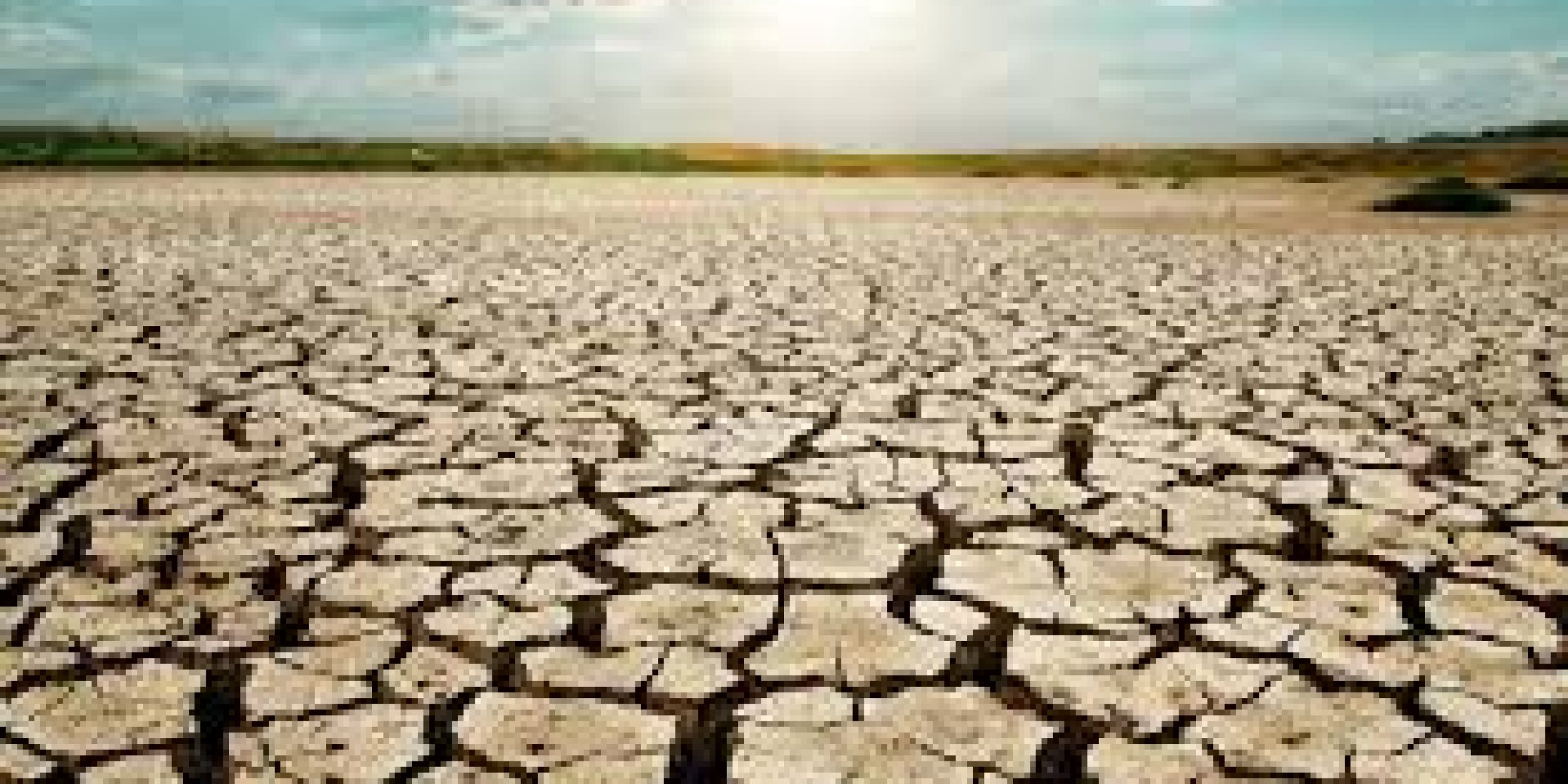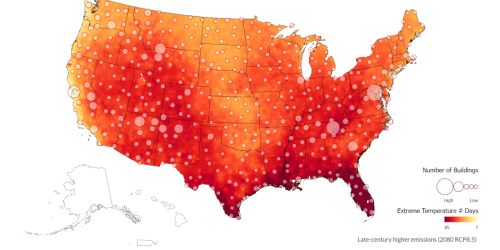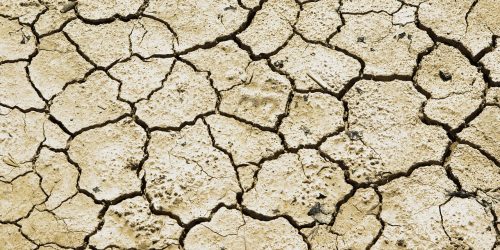To better plan for future climate change and the associated impacts to our environment – the American Planning Association, American Water Works Association, Association of Metropolitan Water Agencies, National Oceanic and Atmospheric Administration, Water Environment Federation, Water Environment & Reuse Foundation, and the Water Research Foundation collaborated to create a water resources dashboard – a one-stop location for water-relevant data sets. (http://toolkit.climate.gov/to
Together, we’ve created this series of webcasts that will highlight specific datasets. Each session targets one or more datasets featuring a scientist involved in the development or application of that data set, as well as a practitioner or decision maker that uses them in their operations or future planning.
Drought and Soil Moisture
Wednesday, January 18, 2017 1:00 – 1:30 pm ET
Register Now!
In this 30-minute session, NOAA’s National Integrated Drought Information System (NIDIS) Executive Director, Veva Deheza will take the audience on a tour of the Drought Outlook, Current Drought, and Soil Moisture sections of the Water Resources Dashboard. Through the Current Drought tab, Ms. Deheza will introduce the NIDIS page which houses the U.S. Drought Portal (drought.gov). She will discuss the data, maps, and tools associated with this site and will demonstrate where current Drought Early Warning Information Systems are and how to access information for those regions.
Ms. Deheza will also provide an overview of the Soil Moisture tab, pointing out time periods available for information, as well as where to obtain outlooks and learn about anomalies. Finally, she will discuss practical examples of how water/wastewater utilities use this data in their water resources and resiliency planning efforts.










